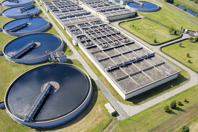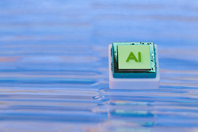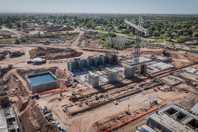SCADA & AUTOMATION RESOURCES
-
Utilities need greater efficiency, lower costs, and more visibility. So, one would think the uptake for digital solutions would be smoother and faster. But it’s not. Why?
-
Technology like advanced process control systems can streamline operations, create opportunities to lower costs and emissions, and ensure effluent quality meets the highest standards. Research also indicates that implementing an appropriate control strategy can help reduce N2O emissions.
-
Water and wastewater utilities can get stuck in a cycle of upgrading their legacy operational technology systems. Here’s how to break that cycle.
-
Engineers are turning to AI to cut weeks of work into hours and sharpen critical decisions.
-
Across the water sector, the same question echoes through utilities and organizations: "We've completed a successful pilot, but now what?" While digital experimentation has become commonplace, the journey from pilot to practice remains challenging.
-
The water sector, facing escalating demands and aging infrastructure, cannot afford to be left behind in the adoption of artificial intelligence (AI). Embracing AI is not just about efficiency; it's about ensuring future resilience and continued service delivery in a world increasingly reliant on intelligent systems.
-
Water utilities are under mounting pressure to modernize aging infrastructure while keeping budgets under control, forcing owners and contractors to deliver reliable projects with leaner teams, tighter windows, and greater scrutiny. Hyper-detailed modeling is emerging as a critical solution for these challenges.
-
While far from prolific, applications of artificial intelligence (AI) in the water and wastewater industry are nothing new. AI and machine learning have been used for data analytics for years. However, for small utilities and those with an aging workforce, these tools seem too high tech and costly to be practical. This doesn’t have to be the case, though. AI tools — particularly generative AI (Gen AI) and large language models (LLMs) — are able to address critical workforce shortages and resource constraints within the water and wastewater industry.
-
The full potential of smart water infrastructure is within reach — if our digital systems work together and share critical data.
-
Pumps are power-hungry and thus expensive to run, but San Jose Water shows how data-driven technologies and strategies can bring the cost down for utilities.











